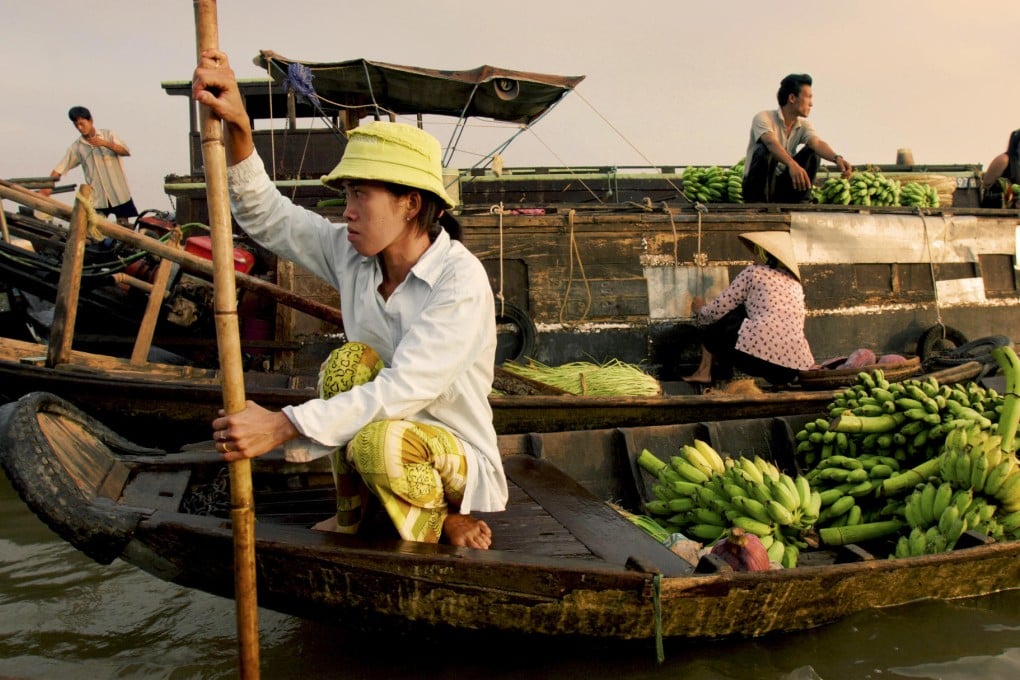The Hau and the why
Vietnam's Can Tho is the heart of a water world known for its 'wet' markets. David Eimer journeys upstream to discover the area's charms

It's 5am and the sky above Can Tho is still black and speckled with stars. Yawning, I make my way to the statue of Ho Chi Minh that dominates the riverfront of this sleepy city at the heart of the Mekong Delta, in southwest Vietnam. Xuan is waiting for me. Cheerful and talkative, the mother of two will be my guide to the floating markets and villages that line the Hau River in this area.
Also known as the Bassac, a legacy from French colonial rule, the Hau is one of the mighty Mekong River's major tributaries. Running off it are innumerable smaller canals and waterways that large vessels can't navigate. The long boats operated by Xuan and her fellow "boat ladies", enthusiastic middle-aged women who roam the Can Tho river-front offering tours for HK$80-HK$120 a head, are by far the most practical - and fun - transport on which to explore the Mekong Delta.
Can Tho is a four-hour bus ride southwest of Ho Chi Minh City and its manic, scooter-crowded roads, the abiding memory of Vietnam for many visitors. Like the rest of the delta, the city operates at an altogether slower pace, but that is not to say it isn't busy; locals congregate along the promenade and in the riverfront park at all hours.
During the day, pagodas hum, albeit serenely, with visitors, and food markets bustle with buyers and the buy-curious. When the sun sets, Hot Pot Alley, a narrow lane that sees fewer tourists than the eateries along the riverfront, does a roaring trade in the local speciality: duck hot pot.
Above all, though, Can Tho sits at the centre of a water world, the surrounding landscape a patchwork of rice paddy fields bisected by rivers and canals. Boats take the place of cars and bikes across the 39,000-square-kilometre delta area, and the two-lane roads are punctuated by a seemingly endless procession of hump-backed bridges. Without them, there would be no way over the rivers that criss-cross the region.
As if to confirm the dominance of water over land here, Xuan stops at one of the many floating petrol stations positioned along the banks of the Hau, to fill up on fuel. While we wait, a smaller boat glides towards us. It is a water-borne version of Starbucks and on board a tiny lady in a non la - the conical hats worn by women across rural Vietnam - is brewing strong local coffee, which is very welcome at this hour.